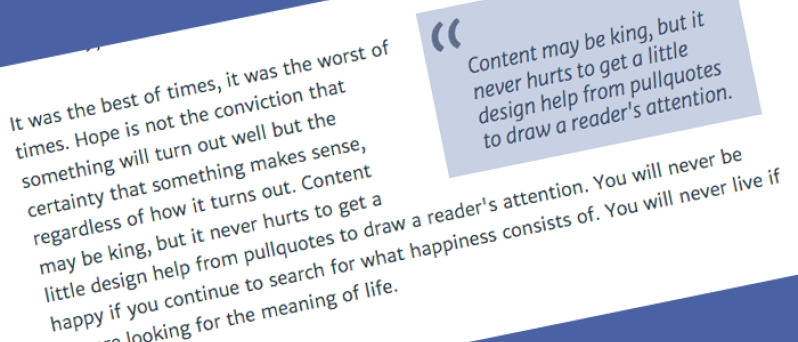Creating Reusable Dynamic Content Components
This is part 2 in this series that explores how to use paragraph bundles to store configuration for dynamic content. The example I built in part 1 was a "read next" section, which could then be added as a component within the flow of the page. The strategy makes sense for component-based sites and landing pages, but probably less so for blogs or content heavy sites, since what we really want is for each article to include the read next section at the end of the page. For that, a view that displays as a block would perfectly suffice. In practice, however, it can be really useful to have a single custom block type, which I often call a "component block", that has an entity reference revisions field that we can leverage to create reusable components.



